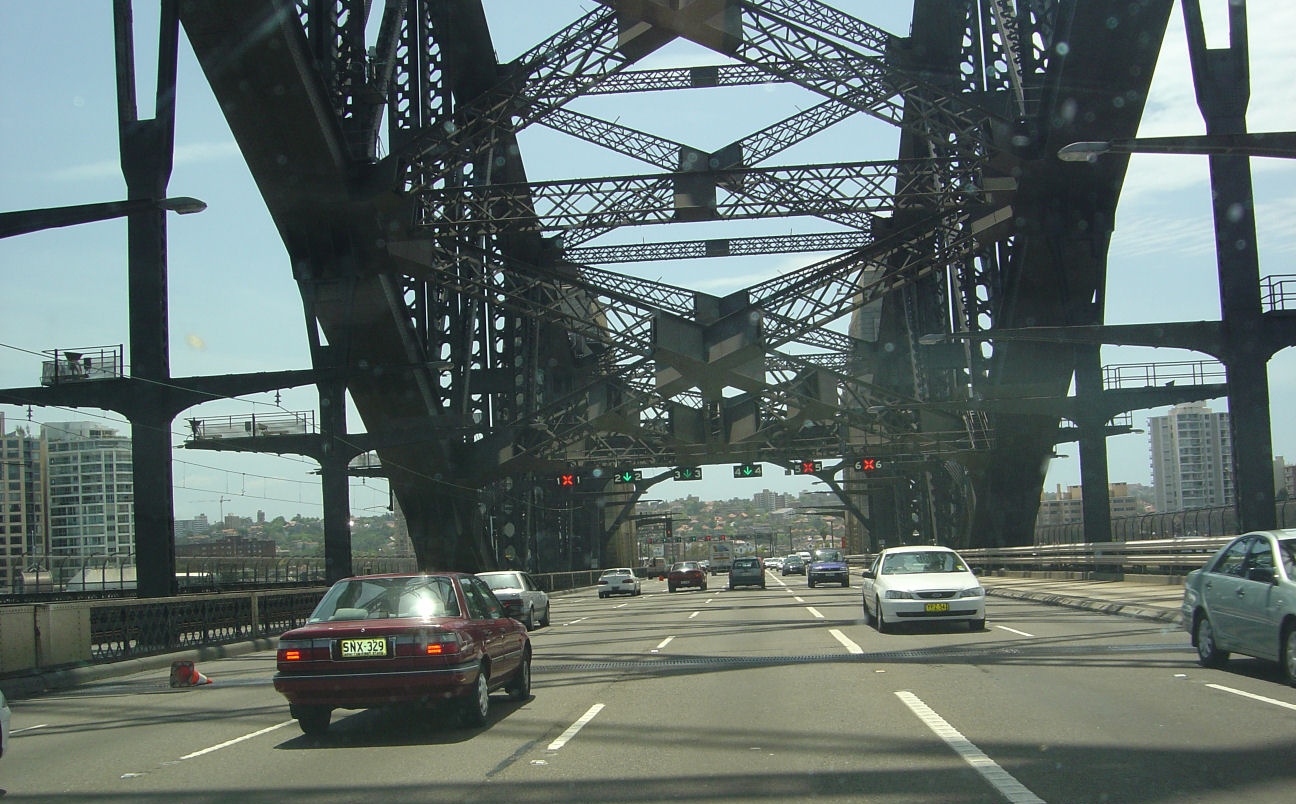
Concrete outcome in Glebe

BY MICK DALEY
Good news stories are rare when they mix a busy working harbour with a state government bent on constant profitable development. But the probable move of Hanson Concrete, a fifty year-old business based in Glebe, to the heavy industry facility on Glebe Island is a provisional win on many levels.
It keeps the company, a significant local employer, in a viable location that cuts down operating costs and carbon emissions. That’s good for the environment, the community and the local economy.
But the onerous fact that all these factors were endangered by government-sponsored developments has raised the hackles of Sydney business leaders and Greens MP Jamie Parker.
Hanson Concrete submitted a proposal to move their premises to Glebe Island after their site on Bridge Road in Glebe was slated for redevelopment by the Urban Growth Corporation (UGC), the body charged with redeveloping Sydney’s urban landscape.
The UGC plan to build 2760 apartments on the site of Hanson’s current site, a development that could net them an estimated $5 billion in sales.
The initial problem with that move was the news that the Glebe Island facility too was in the sights of the UGC. Such prime waterfront property was a logical target for a corporation seeking to maximize tourism and residential amenity. But the potential damage to the viability of Sydney’s working harbour raised a public outcry.
UGC developments have already forced the migration of vital waterfront industries such as Waterways Construction, which build and maintain the wharves servicing the harbour.
Hanson Concrete supplies over a third of the vital building needs of Sydney’s CBD, in the middle of the biggest building boom since the 2000 Olympics. Its waterfront location means it’s close to customers, cutting down on road miles, fuel and its carbon footprint.
Before the Glebe Island option it seemed likely the company would have to move its operations to another port – be that Newcastle or Wollongong.
Such a move would have exponentially multiplied traffic on Sydney’s already strained road networks, as it’s estimated that a single ship-borne load of cement takes up to 2800 trucks off our roads.
If Hanson Concrete was forced to move to Wollongong it would incur significant extra costs in transporting material back to Sydney and be vulnerable to the serious issues plaguing the bottlenecked Port Kembla/Wollongong network.
A story in the Australian Financial Review featured a senior business figure calling the mooted closure of Glebe Island a ‘strategic disaster’ that would seriously impact on Sydney’s already overloaded roads and infrastructure.
Now Greens MP Jamie Parker has lashed out at the UGC for what he sees as purely profit-motivated development.
“Part of the problem with Urban Growth Corporation is that it’s the government’s glorified real estate agent and developer,” Parker told the City Hub.
“Their objective is to ensure that these areas that they call underdeveloped or in need of urban renewal are completed and the financial return to government is a major priority.
“What we say is they need to be looking at the needs of the city, the needs of employment, recreation and open space. The never ending search for profit from these sites needs to take a back seat to ensure that development or renewal of sites like this provide the kind of city that people want to live in, not just that profit can be made from.”
Parker said that the UGC’s planning is dictated by the needs of developers.
“Developers and the government are fetishizing residential development to the detriment of local jobs and environmental impacts,” he said. “While there’s always impacts on the community from working harbour activities, the environmental impact of trucking concrete across our roads to deliver concrete to building sites in the city is clearly undesirable.”
Parker insisted the NSW Government needs to work with local communities and councils to build an inner city community that isn’t focused purely on residential development.
“That means sensitive working harbour opportunities and retaining significant employers like Hanson where possible,” he said. “We’ve seen with Barangaroo where the cruise ship terminal was moved from its optimal location there to White Bay, to allow more and more retail and residential development. The cruise ship terminal at White Bay isn’t good for the local community or tourism.”
But while community involvement has staved off disaster in the working harbour, it seems constant vigilance is required to ensure good news into the future.
An Urban Growth Corporation spokesperson told the City Hub that Roads and Maritime Services and Hanson Cement are having commercial in-confidence discussions about the site Hanson occupies on Bridge Road, Glebe.
Hanson’s lease expires on 30 June 2018. Hanson have advised Roads and Maritime the company is exploring options to relocate from Blackwattle Bay as a result of the urban renewal of Bays Market District. One potential site they are considering is Glebe Island. The Department of Planning and Environment are the regulatory authority for development applications of this nature.









